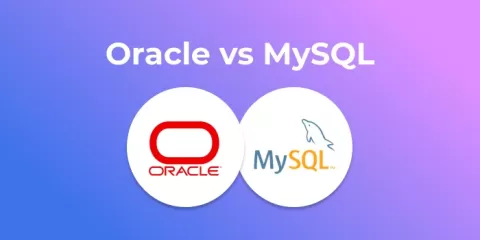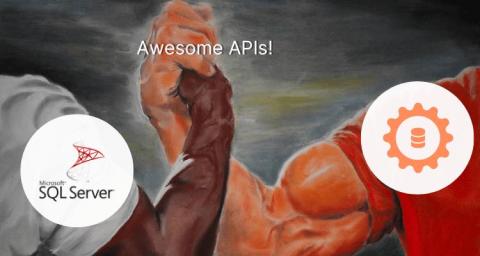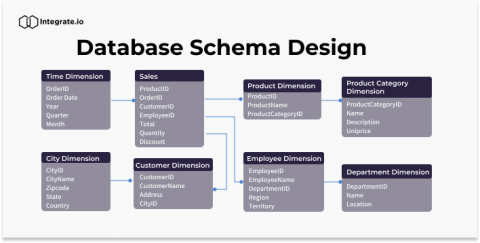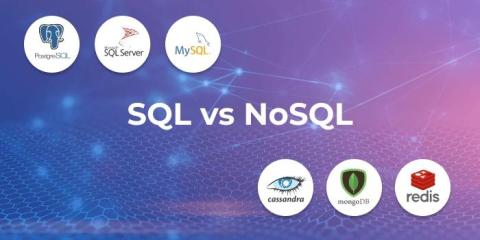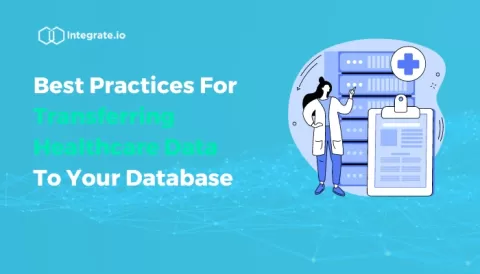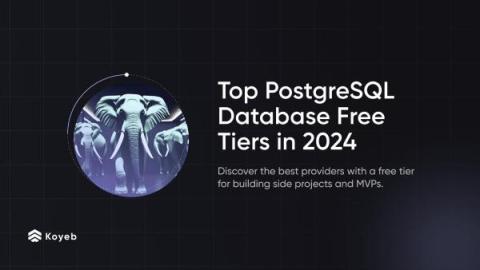Oracle vs MySQL: An In-Depth Comparison of Database Titans
Both MySQL and Oracle provide the same architecture and use the relational model, and both offer many standard features such as indexing, vertical scalability, and support for popular operating systems. However, there are some critical differences between the two tools. Deciding between them can shape an enterprise’s data management and directly impact its success.


